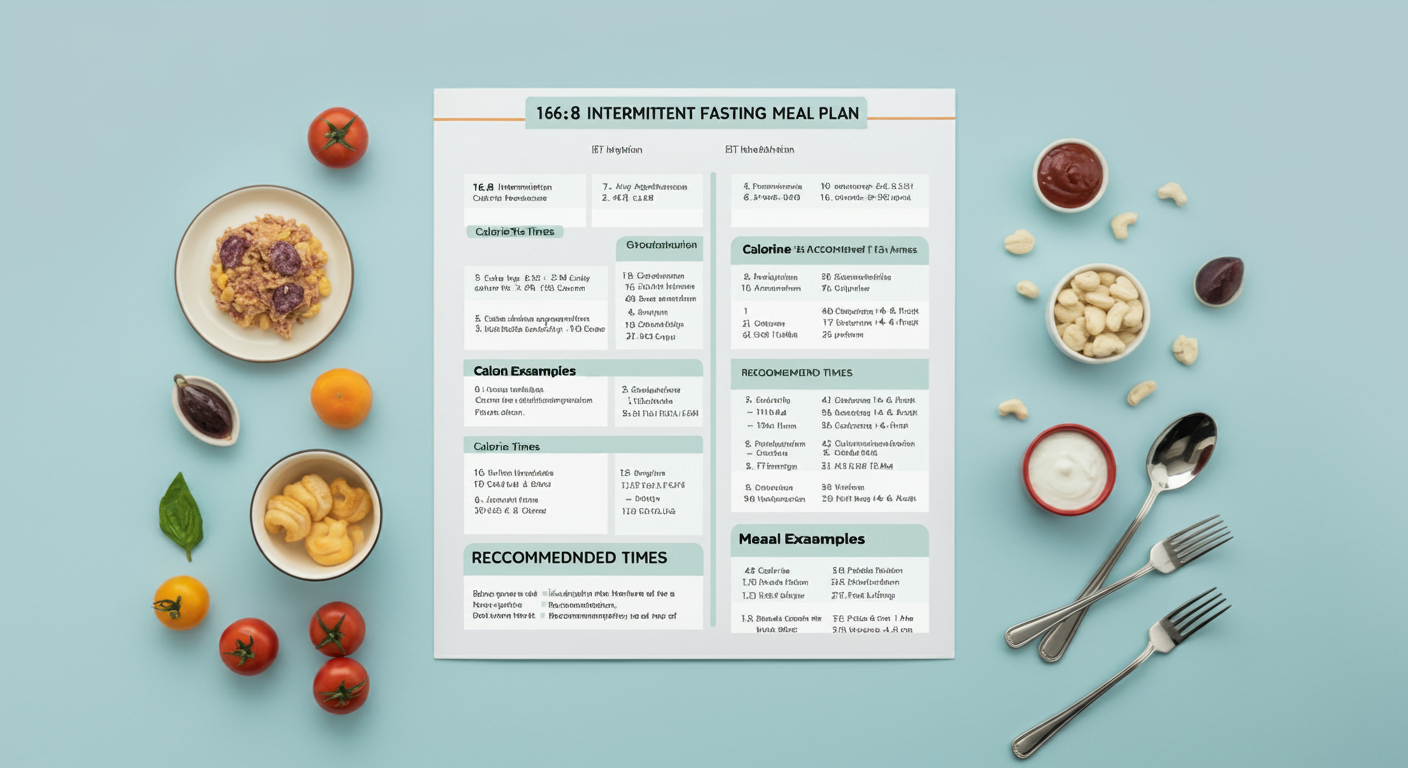Intermittent fasting has become one of the most popular approaches to weight management and overall health improvement. Among its various methods, the intermittent fasting meal plan 16:8 stands out as a simple yet effective strategy that fits seamlessly into busy lifestyles. This blog explores what the 16:8 method entails, its benefits, and how to structure your meals during the eating window for optimal results.
What Is the Intermittent Fasting Meal Plan 16:8?

The 16:8 intermittent fasting method involves fasting for 16 hours each day and limiting your food consumption to an 8-hour window. Unlike traditional diets, it doesn’t restrict what you eat but rather when you eat, making it easier for many people to adopt.
During the 16-hour fasting period, you abstain from consuming calories. However, water, black coffee, herbal teas, and other non-caloric beverages are allowed. Once the fasting period ends, you have 8 hours to consume your daily meals and snacks.
For example, if you choose to eat between 12 PM and 8 PM, you’ll fast from 8 PM to 12 PM the following day.
Benefits of the 16:8 Method
The intermittent fasting meal plan 16:8 has gained traction due to its numerous potential benefits:
- Weight Loss: By reducing the hours you eat, this method naturally encourages a calorie deficit, aiding in weight loss.
- Improved Metabolic Health: Studies suggest intermittent fasting can help stabilize blood sugar levels, reduce insulin resistance, and promote fat burning.
- Simplicity: With no complicated rules or calorie counting required, this plan is straightforward and easy to follow.
- Enhanced Focus and Energy: Many individuals report increased mental clarity during fasting periods.
Read Also: 4 Possible Reasons Why You Are Not Losing Weight.
Crafting Your 16:8 Intermittent Fasting Meal Plan

To maximize the benefits of the 16:8 plan, it’s essential to focus on nutrient-dense foods during your eating window. Here’s a sample intermittent fasting meal plan 16:8 to guide you:
12 PM – First Meal (Break the Fast)
- A balanced meal with protein, healthy fats, and complex carbohydrates.
- Example: Grilled chicken breast, a quinoa salad with avocado, and a side of steamed broccoli.
3 PM – Snack
- A light snack to keep you satiated until dinner.
- Example: Greek yogurt with fresh berries and a sprinkle of chia seeds.
7 PM – Dinner
- Another nutrient-rich meal to round out your daily intake.
- Example: Baked salmon with roasted sweet potatoes and a side of sautéed spinach.
During your eating window, it’s crucial to stay hydrated and avoid processed or high-sugar foods, as these can negate the health benefits of fasting.
Tips for Success
- Start Gradually: If you’re new to fasting, ease into the 16:8 plan by gradually increasing your fasting period over a few days.
- Stay Consistent: Consistency is key for seeing results. Stick to your chosen eating and fasting windows daily.
- Listen to Your Body: If you’re feeling overly hungry or fatigued, adjust your meal sizes or consult a healthcare professional.
Read Also: The major role sleep plays in weight loss.
Is the 16:8 Plan Right for You?
While the intermittent fasting meal plan 16:8 works for many people, it’s not a one-size-fits-all solution. Pregnant women, individuals with certain medical conditions, or those with a history of eating disorders should consult a healthcare provider before starting any fasting regimen.
Final Thoughts
The intermittent fasting meal plan 16:8 is a sustainable and effective way to improve your health, shed excess weight, and simplify your eating habits. By focusing on whole, nutrient-dense foods during your eating window and staying hydrated throughout the day, you can unlock the full potential of this popular fasting method.
If you’re ready to embrace a healthier lifestyle, why not give the 16:8 plan a try? You might just find it’s the perfect fit for your wellness journey.
Follow My Social Media Pages
Facebook : @Infohealthgh
Twitter: @Infhealth



